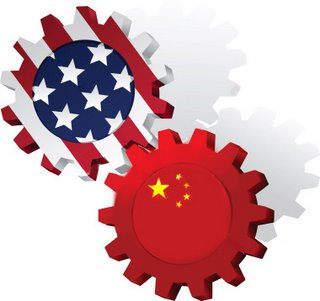China’s economic chaos is fomenting fear across global stock markets, and President Obama would do well to start listening to Donald Trump about the menace posed by Beijing’s economic strategies.
For two decades we have heard about the coming Asian Century and how China’s hyper growth and socialist market economy provide developing countries with a better alternative to western-style capitalism.
In reality, China’s strategies are remarkably patterned after the “Japanese miracle” of the 1970s and 1980s. An undervalued currency—calculating what a yuan actually buys in China it should be trading at about 3.53 per dollar not the current rate of about 6.49—makes its products artificially inexpensive at Wal-Mart and many western products prohibitively expensive in China.

Additionally, developing economy status in the WTO permits China to maintain much higher tariffs than western nations, and its banks have provided endless credit to state-owned enterprises even as profitability dwindles into losses.
To satisfy a resulting ravenous appetite for energy and materials, commodity rich nations like Saudi Arabia, Chile and Australia invested heavily in more oil wells, bigger mines and refining facilities.
Its export juggernaut imposed trade deficits on the U.S. and many European economies, and slowed their growth and jobs creation.
During the Bush/Obama presidencies, the U.S. economy has averaged only 1.8 percent annual growth. That’s about half the pace achieved during the Reagan-Clinton years and goes a long way towards explaining falling family incomes.
Prior to the 2008 financial crisis, consumers in the United States and Europe borrowed heavily against homes and through their governments to maintain living standards. Meanwhile, China manufactured its own real estate frenzy by forcing farmers into new cities with inadequate employment opportunities and few real economic imperatives but to boost construction activity and juice GDP statistics.













Leave A Comment